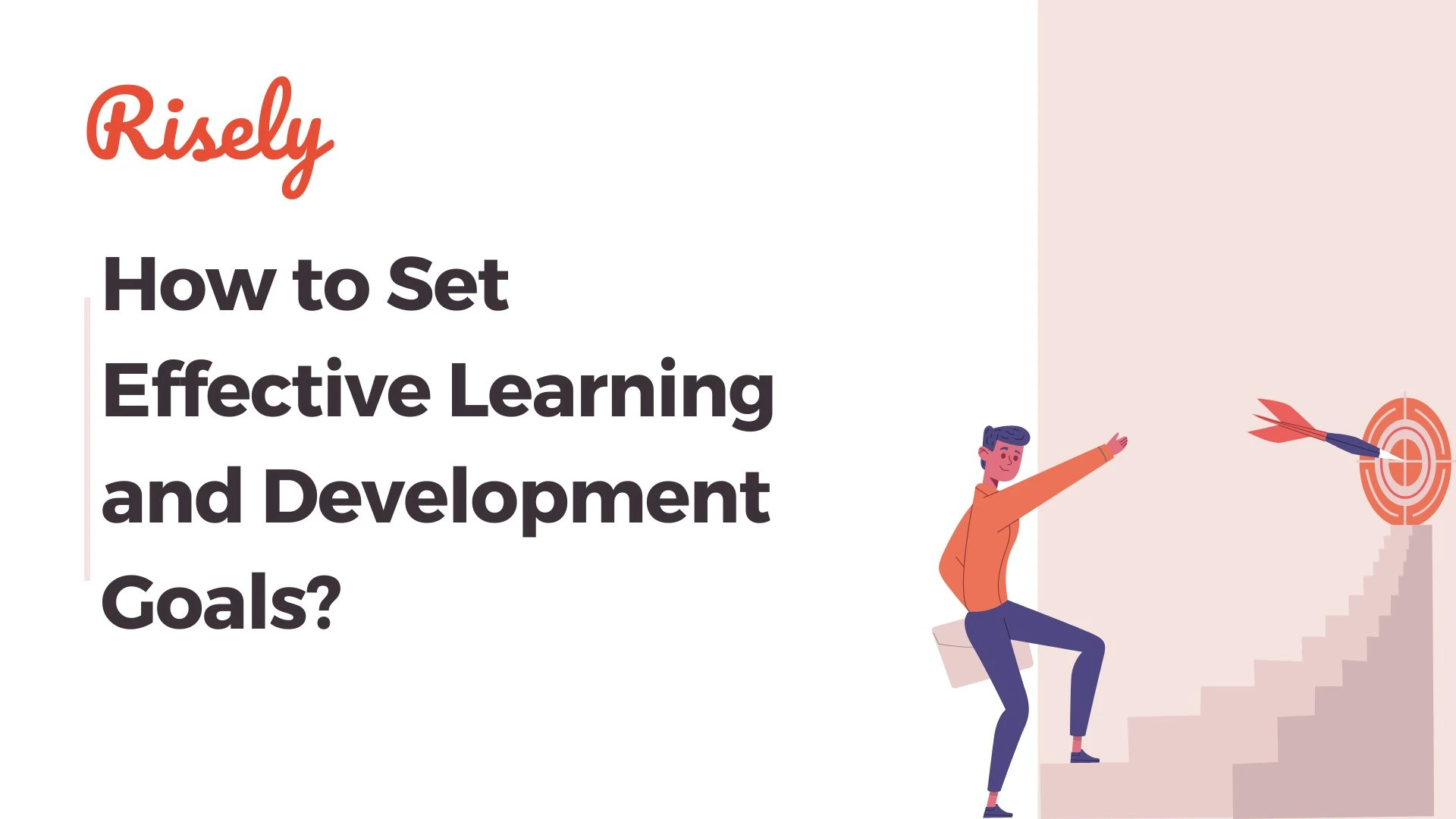The Manager’s Guide To Coaching Employees In The Workplace
Coaching is not only reserved for athletes on the field; it also plays a crucial role in the workplace. Just like a coach helps an athlete unlock their full potential, a workplace coach guides employees to build skills, improve performance, and achieve their goals. Coaching involves regular and systematic feedback, support, and development to help individuals meet or exceed their role expectations. Employee coaching has been proven to significantly impact employee engagement, productivity, and satisfaction. In fact, research shows that coaching and mentoring employees in the workplace can create a return on investment of 5.7 times the cost. With such promising results, it’s no wonder that more and more organizations are recognizing the importance of implementing coaching programs. In this blog, we will explore the definition and importance of employee coaching in the workplace. We will differentiate it from mentoring and training, identify situations where you should coach your team, and discuss core coaching methods for managers.What is Coaching Employees in the Workplace?
Employee coaching, also known as workplace coaching, employee coaching, and business coaching, involves one person, usually a manager, helping employees grow and develop their skills. It is a part of a company’s learning and development program, often tied into an individual employee training program. The main aim of employee coaching is to promote two-way communication between employees and their coaches to identify areas for improvement, reinforce strengths, and further develop their performance. It focuses on specific performance objectives, skills, and goals to empower employees to become their best performers. Coaching skills are essential for managers to effectively guide and support their employees. These skills include:- active listening
- effective communication
- empathy
- problem-solving
- goal-setting
What does employee coaching in workplaces do?
Coaching is a process that involves guiding and supporting individuals to enhance their performance, achieve their goals, and develop their skills. In the workplace, coaching focuses on improving employee performance, fostering employee’s career development, and driving organizational success. Furthermore, coaching contributes to career development by helping employees identify their career goals, create development plans, and acquire the necessary skills and knowledge to advance in their careers.Differentiating Between Coaching, Mentoring, and Training
While coaching, mentoring, and training are often used interchangeably, but they are distinct approaches to employee development.- Coaching enhances individual performance by providing guidance, feedback, and support. It is a collaborative process that helps employees develop skills, address performance gaps, and achieve goals. Coaching skills, such as active listening, effective communication, and goal-setting, are crucial in successful coaching relationships.
- Conversely, mentoring involves a more experienced individual (the mentor) guiding and advising a less experienced individual (the mentee) in their career development. Mentoring relationships are often long-term and can provide valuable insights, advice, and support based on the mentor’s own experiences.
- In contrast to coaching and mentoring, training focuses on teaching specific skills or knowledge to employees. It is typically more structured and formalized, with specific learning objectives and outcomes. Training programs can range from leadership training to technical skills development, depending on the organization’s needs.
Identifying Situations for Effective Coaching
Coaching is most effective when applied in specific situations that can benefit from a coaching approach. Identifying these coaching moments and assessing employee readiness is crucial for achieving the desired outcomes of coaching.How to Recognize Coaching Moments?
Coaching moments are situations in the workplace where coaching can be most effective in driving performance improvement and employee development. Recognizing these moments is crucial so that you can use coaching as a powerful tool for success. One common employee coaching opportunity is during performance management discussions, such as performance reviews or goal-setting meetings. These moments provide managers an opportunity to provide constructive feedback, set performance objectives, and help employees develop action plans for improvement. Coaching moments can also arise when your employees face challenges or encounter obstacles in their work. You can help employees navigate these challenges and find effective solutions by providing guidance, support, and alternative perspectives. Successful coaching requires managers to be attentive to coaching moments and seize the opportunity to provide guidance and support. You can drive employee growth, performance improvement, and overall team success by recognizing these moments and engaging in coaching conversations.Assessing Employee Readiness and Willingness
Assessing employee readiness and willingness to engage in coaching is crucial for effective coaching outcomes. Employees who are engaged, open to feedback, and willing to learn are more likely to benefit from the coaching process. Employee engagement plays a significant role in coaching effectiveness. Engaged employees are more receptive to feedback, actively participate in coaching discussions, and are motivated to improve their performance. You should assess employee engagement levels and create a supportive work environment that promotes engagement. Assessing employees’ willingness to learn is equally important. Employees who are open to new ideas, seek growth opportunities, and have a growth mindset are more likely to actively engage in the coaching process. You can encourage willingness to learn by fostering a culture of continuous learning and development. This maximizes the impact of coaching and creates a positive and growth-oriented work environment.Other Interesting Reads
Core Coaching Methods for Managers
You can utilize various coaching methods to support employee development and improve performance. These methods include one-on-one coaching and group coaching, each serving a unique purpose in the coaching process. One-on-one coaching involves individual coaching sessions between a manager and an employee. These sessions provide:- A personalized approach to coaching.
- Allowing for focused discussions on specific goals.
- Challenges.
- Development needs.
- Team coaching: Group coaching sessions focusing on improving team dynamics, collaboration, and performance. This technique helps team members develop a shared understanding, align goals, and enhance communication and cooperation.
- Peer coaching: Encouraging employees to coach and support each other. This technique promotes learning from peers, provides diverse perspectives to your team, and fosters a culture of continuous growth and development.
- Leadership coach: Bringing in an external coach to conduct group coaching sessions focused on leadership development. This technique provides expert guidance and insights from experienced coaches, helping leaders enhance their leadership skills and effectiveness.
- Role-playing activities: Engaging employees in role-playing activities to practice and develop specific skills. This technique allows employees to step into different roles and scenarios, facilitating skill development and enhancing problem-solving abilities.
Developing a Coaching Mindset Among Managers
Developing a coaching mindset among managers is crucial for creating a culture of continuous learning, growth, and employee development. A coaching mindset involves:- Adopting a supportive and empowering approach to leadership that focuses on active listening.
- Effective communication.
- Fostering a feedback culture.
Addressing Resistance to Coaching
There are bound to be troubles in your plans to coach employees at work. Resistance to coaching hinders the effectiveness of learning and development programs. However, you can overcome this challenge by understanding the reasons behind the resistance and addressing them proactively. One common reason for resistance to coaching is a fear of criticism or judgment. Employees may feel vulnerable or exposed when receiving feedback or guidance. To address this, you should emphasize the supportive nature of coaching and focus on the employee’s growth and development. You should create a safe and non-threatening environment where employees feel comfortable expressing their concerns and seeking help. Another reason for resistance is a belief that coaching is unnecessary or irrelevant. In such cases, you must clearly communicate the benefits of employee coaching and how it can help employees improve their performance and achieve their goals. Providing concrete examples and success stories can help employees see the value of coaching.Conclusion
In summary, coaching plays a pivotal role in shaping a productive work environment. It fosters growth, enhances communication, and aligns individual goals with organizational objectives. You can navigate coaching challenges effectively by actively listening, providing constructive feedback, and setting SMART goals. Embracing a coaching mindset, even in remote work settings, can significantly impact employee development and overall team success. As managers, cultivating a culture of coaching not only boosts individual skills but also contributes to the collective advancement of the organization.Take the stress out of coaching sessions with Risely’s free resources
Grab your free copy of Risely’s GROW coaching worksheet and get started today.
Other Related Blogs
How to Set Effective Learning and Development Goals?
This blog highlights how effective learning and development goals are set, why is setting them important for your organization and what challenges you might face during this process. … Read…
Are you on track to meet your Q1 goals?
Are you on track to meet your Q1 goals? We are in the middle of the first quarter of 2024. Seems hard to believe. It surely is! ⏰ Time has…
5 Secrets Of Solid Goal Setting At Work You Can’t Miss
5 Secrets Of Solid Goal Setting At Work You Can’t Miss “I don’t focus on what I’m up against. I focus on my goals and I try to ignore the…
Understanding the world of Goal Setting Coach to reach new heights
Understanding the world of Goal Setting Coach to reach new heights Setting and achieving goals is essential for personal and organizational success in today’s fast-paced and competitive work environment. However,…


